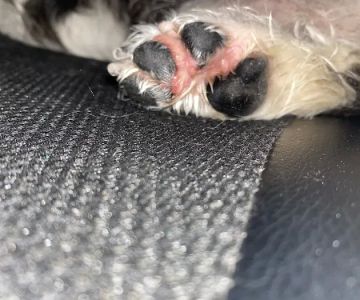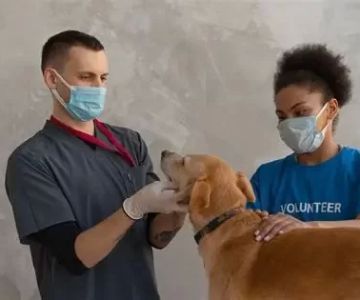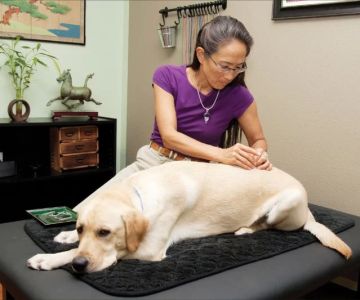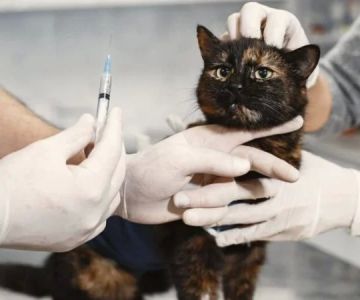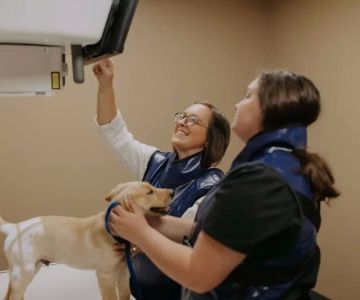Can a US Veterinarian Work in Canada? Steps to Practice Across the Border
- can-a-us-veterinarian-work-in-canada-Credential-Evaluation
- can-a-us-veterinarian-work-in-canada-Licensing-Process-in-Canada
- can-a-us-veterinarian-work-in-canada-Immigration-and-Work-Permits
- can-a-us-veterinarian-work-in-canada-Provincial-Variations
- can-a-us-veterinarian-work-in-canada-Networking-and-Practice-Opportunities
- can-a-us-veterinarian-work-in-canada-Real-World-Vet-Transition-Case
- can-a-us-veterinarian-work-in-canada-Next-Steps-and-Guide-Purchase
1. Credential Evaluation
1.1 Verifying US Veterinary Degrees
Before asking “can a US veterinarian work in Canada,” you must confirm that your Doctor of Veterinary Medicine (DVM) from an AVMA-accredited school meets Canadian standards. The National Examination Board (NEB) of Canada evaluates foreign credentials through the National Examining Board Certification Program. This process ensures your coursework, clinical rotations, and degree integrity align with Canadian requirements.
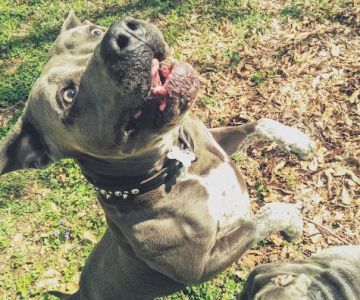
9850 Nesbit Ferry Rd #2, Alpharetta, GA 30022, USA
See Details1.2 Documentation and Translation
Prepare official transcripts, degree certificates, and course descriptions. If any documents are not in English or French, have them translated by a certified translator. The NEB requires notarized copies plus translations to avoid delays. Gathering these documents early accelerates your path to full licensure.
2. Licensing Process in Canada
2.1 National Exams and Certification
After credential evaluation, US veterinarians must pass the North American Veterinary Licensing Examination (NAVLE) or the Canadian Examination for Veterinary Technicians (CEVT), depending on role. The NAVLE ensures uniform competence across Canada and the US, making it a familiar test for US-trained vets. Registration with the Canadian Veterinary Medical Association (CVMA) follows successful exam completion.
2.2 Provincial Registration Boards
Each province—Ontario, British Columbia, Alberta, Quebec—has its own College of Veterinarians. After NEB certification and NAVLE, submit your application to the relevant provincial college, pay fees, and provide proof of liability insurance. Some provinces also require jurisprudence exams on local animal-welfare laws.
3. Immigration and Work Permits
3.1 Temporary Work Permits
US veterinarians can obtain an IEC (International Experience Canada) Working Holiday permit if under 35, or a Temporary Foreign Worker Permit (TFWP) via employer sponsorship. The TFWP process involves a Labour Market Impact Assessment (LMIA) to prove no Canadian vet could fill the position—an often straightforward step given local shortages.
3.2 Permanent Residency Options
For longer-term practice, consider Express Entry under the Federal Skilled Worker Program. Veterinary medicine ranks high on Canada’s priority occupation list, boosting Comprehensive Ranking System (CRS) scores. Accumulating Canadian work experience further strengthens your PR application.
4. Provincial Variations
4.1 Ontario vs. Quebec Requirements
In Ontario, after passing NAVLE, you must also pass a jurisprudence exam on the Veterinarians Act and Regulations. Quebec’s Ordre des Médecins Vétérinaires du Québec requires French proficiency proof and may mandate additional localized clinical assessments.
4.2 Rural vs. Urban Practice Settings
Rural provinces like Saskatchewan often expedite licensing to attract vets. They may offer provisional licenses valid for one year, allowing US veterinarians to practice under supervision while completing local requirements.
5. Networking and Practice Opportunities
5.1 Professional Associations and Conferences
Join the CVMA and provincial associations to access job boards, mentorship programs, and annual conferences. Networking with Canadian colleagues opens doors to openings not publicly advertised and provides insights into practice culture and salary norms.
5.2 Locum and Relief Work
Locum positions offer a low-commitment way to gain Canadian experience. Many clinics advertise short-term coverage needs—ideal for US vets exploring different provinces before settling.
6. Real-World Vet Transition Case
6.1 Dr. Smith’s Journey from Texas to Toronto
After earning his DVM in Texas, Dr. Smith sought to work in Toronto. He completed NEB certification in six months, passed the NAVLE on his first try, and secured a TFWP through a small animal clinic’s sponsorship. Within a year, he applied for PR under Express Entry, thanks to his Canadian work experience boosting his CRS score. His story illustrates that a US veterinarian can work in Canada with clear planning and persistence.
7. Next Steps and Guide Purchase
7.1 Action Plan for Aspiring Cross-Border Vets
1. Submit credentials for NEB evaluation.
2. Schedule and pass NAVLE.
3. Apply to provincial licensing college.
4. Secure a work permit or PR via Express Entry.
5. Join local vet associations and seek locum roles.
7.2 Invest in Our Comprehensive Licensing Toolkit
Ready to take the next step? Purchase our all-in-one Canada Veterinary Licensing Toolkit to streamline credential submission, exam preparation, and immigration guidance. Equip yourself with document templates, exam tips, and direct support from Canadian licensing experts—because a US veterinarian can work in Canada more smoothly with the right roadmap.

